- PRODUCTS
-
-
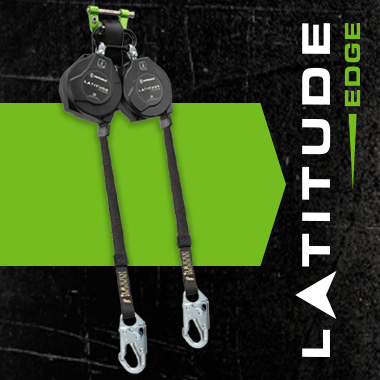
-
Latitude Edge Class 2 SRL-Ps
Combine best in class engineering with Class 2 versatility for use on a wide range of job sites, including the most extreme leading-edge environments.
-
- KNOWLEDGE
- COMPANY
- NEWS
- BLOG
Check Out Our News Topics
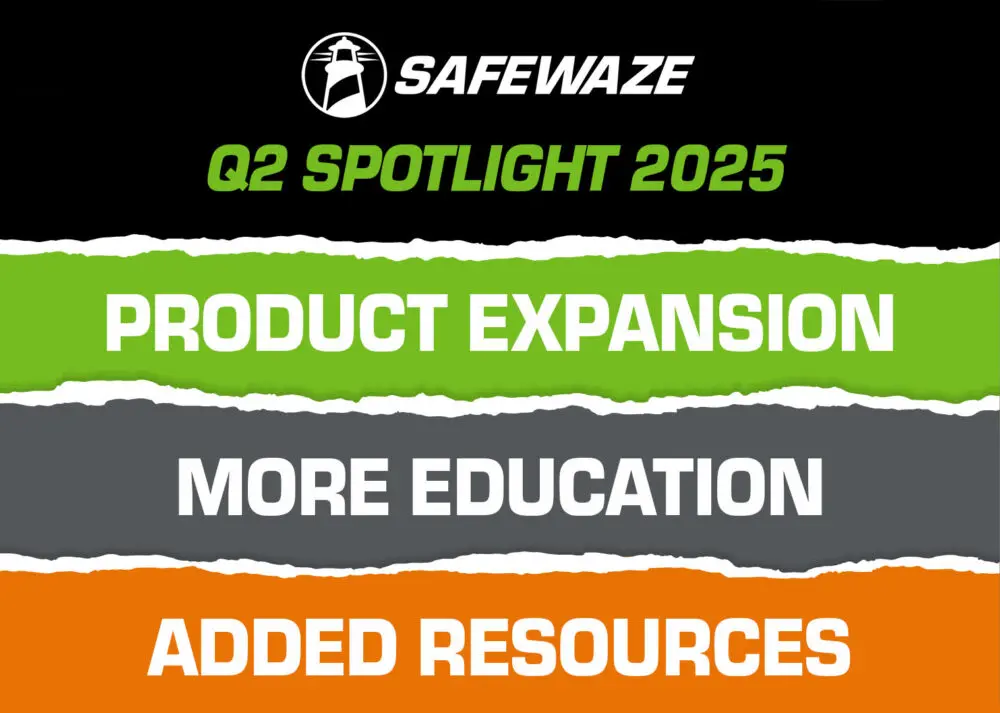 June 30, 2025
June 30, 2025
Q2 2025 Spotlight
What Does “Safety Up” Mean for You? As we grow, safety is elevated for everyone!…
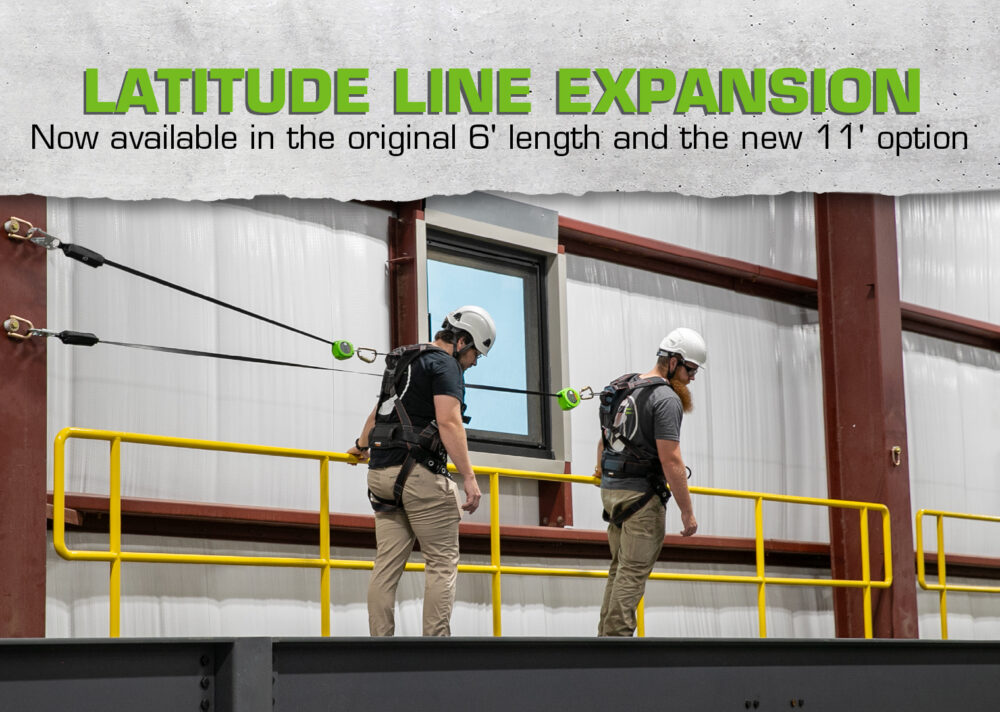 June 11, 2025
June 11, 2025
Latitude Line Extension
Get almost TWICE the reach without the bulk with the new addition to the Latitude…
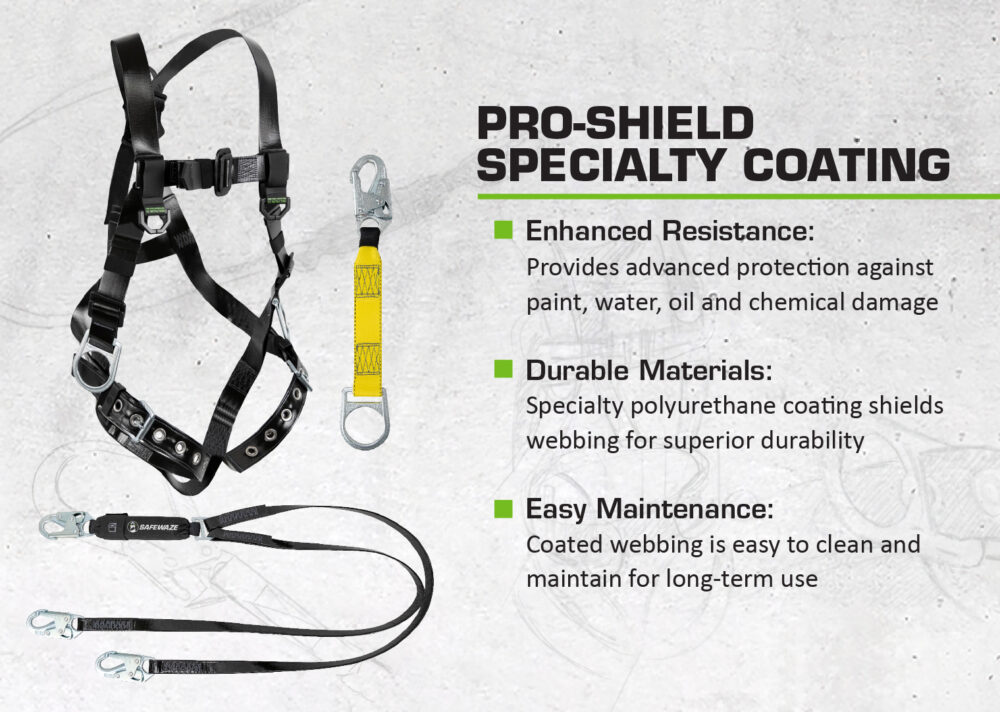 April 8, 2025
April 8, 2025
PRO-Shield Specialty Coated Line
Tough jobs meet their match with the new PRO-Shield Speciality Coated Line! Engineered with a…
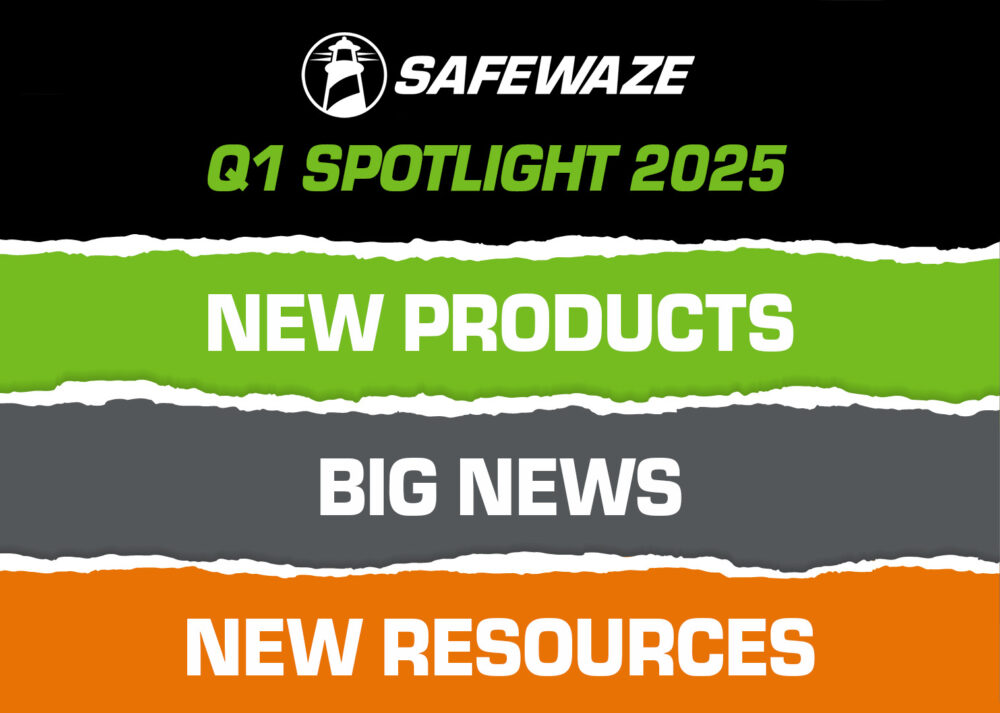 March 26, 2025
March 26, 2025
Q1 2025 Spotlight
Reading this spotlight will make you smarter. Guaranteed — learn something or your money back!…
